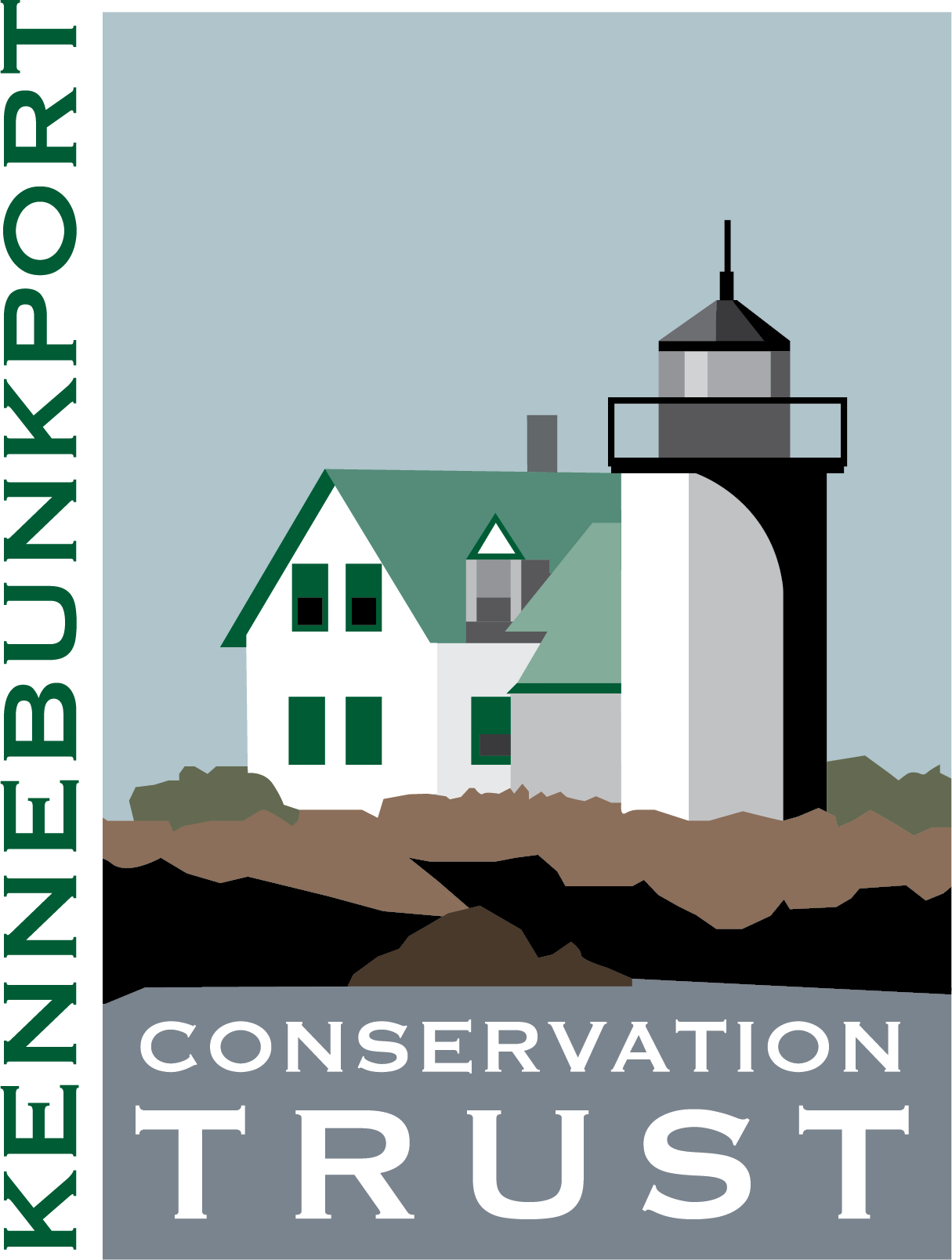Invasive Hemlock Woody Adelgid Control at KCT
What is the Hemlock Woolly Adelgid?
The Hemlock Woody Adelgid is an invasive aphid-insect that was introduced to Virginia in the early 1950s and spread to Maine. The insect is covered in a wooly substance in all stages of life except the earliest stages. The insect leaves a white wooly substance on the twigs on the hemlock. When feeding, HWA injects a harmful, toxic saliva into the tree.
Photo Credit: Bruce Watt, University of Maine
What is the HWA life cycle?
The HWA begins as an egg, turns into a crawler and then becomes dormant on the branches when they settle on the twigs. There are two generations. The adults that survived through the winter lay up to 300 eggs in March and April and these eggs are housed inside their woolly covering. The eggs hatch in April through May and attach to the twigs.
How is the tree affected?
As the insects feed on sap, the wool-like substance comes out of their pores. The tree’s needles then turn a grayish green color as they dry out and drop from the tree. The buds are also killed, preventing regrowth. When branches die off, they leave the tree more susceptible to diseases, wood-boring insects, and harsh weather.
How is a HWA infestation monitored, controlled, and eradicated?
Monitoring: HWA infestations are detected by looking at the undersides of branches. They should be inspected at the beginning and end of daylight savings time. The wool is not well developed in November but by March it is fully developed.
Control: HWA control is practiced from March through July. Some of these practices include removing bird feeders in spring and summer, cleaning vehicles, clothing and other equipment after visiting forests with hemlocks, and pruning hemlock branches that could come in contact with hikers, campers or delivery trucks. The strong flow of water from a hose dislodges the HWA from equipment and branches.
Eradication: Removal of heavily infested trees in fall and winter reduces spread. Releasing predators like beetles (Laricobius nigrinus) that feed on HWA can reduce populations. The final form of control is chemical control including thorough coverage of the tree with horticultural oil or insecticidal soap.
Efforts to control HWA at the Kennebunkport Conservation Trust:
KCT has reported and sent samples to the UMaine lab tracking the HWA invasion, and is marking any trees where HWA is established so we can implement remediation measures this fall.
We ask that you help us by reporting sightings of HWA! Sightings should be reported to Isaac at ischuchat@kporttrust.org. Please note the exact location of the sighting with either a description of where you found it, or by dropping a pin on a map (preferred). Pictures of your sighting are also appreciated.

